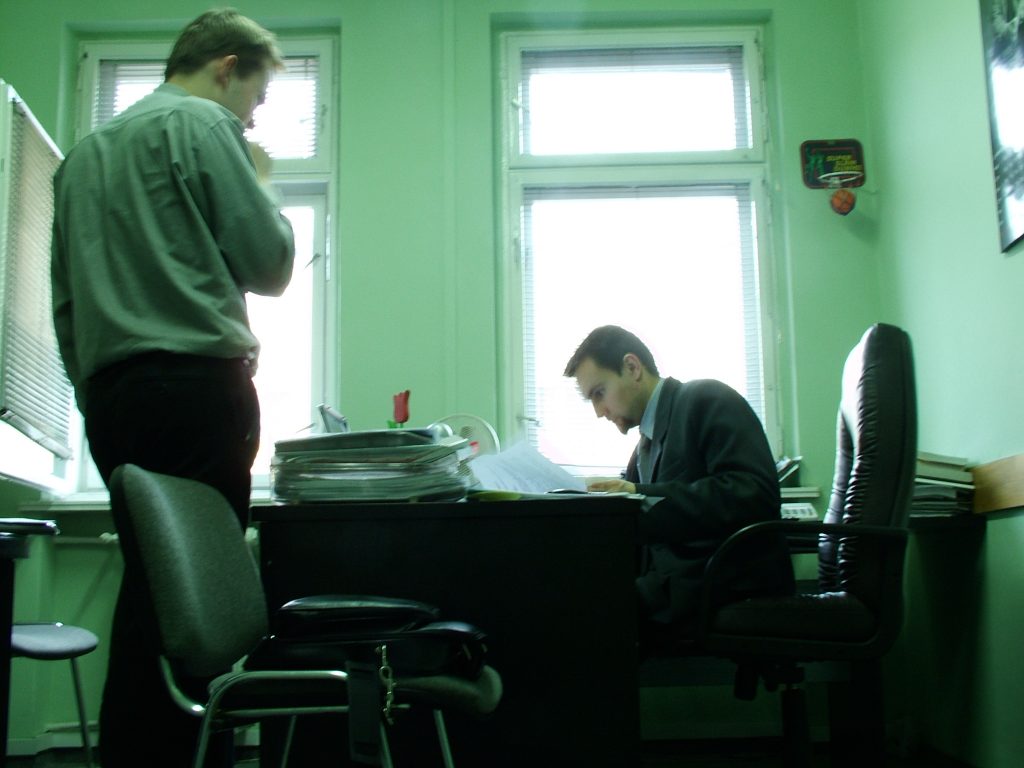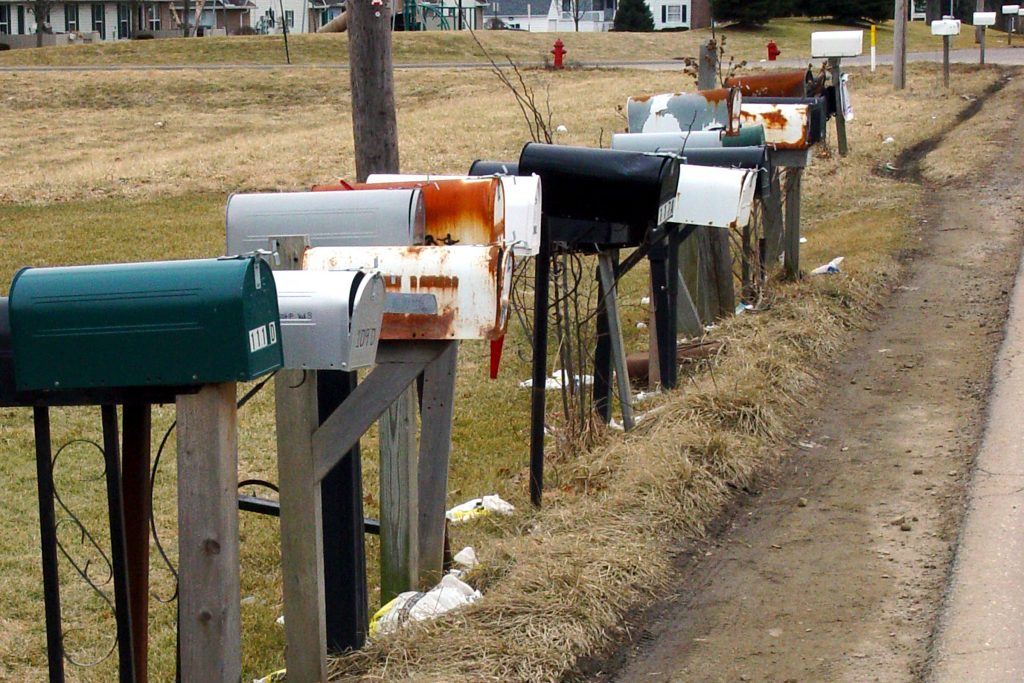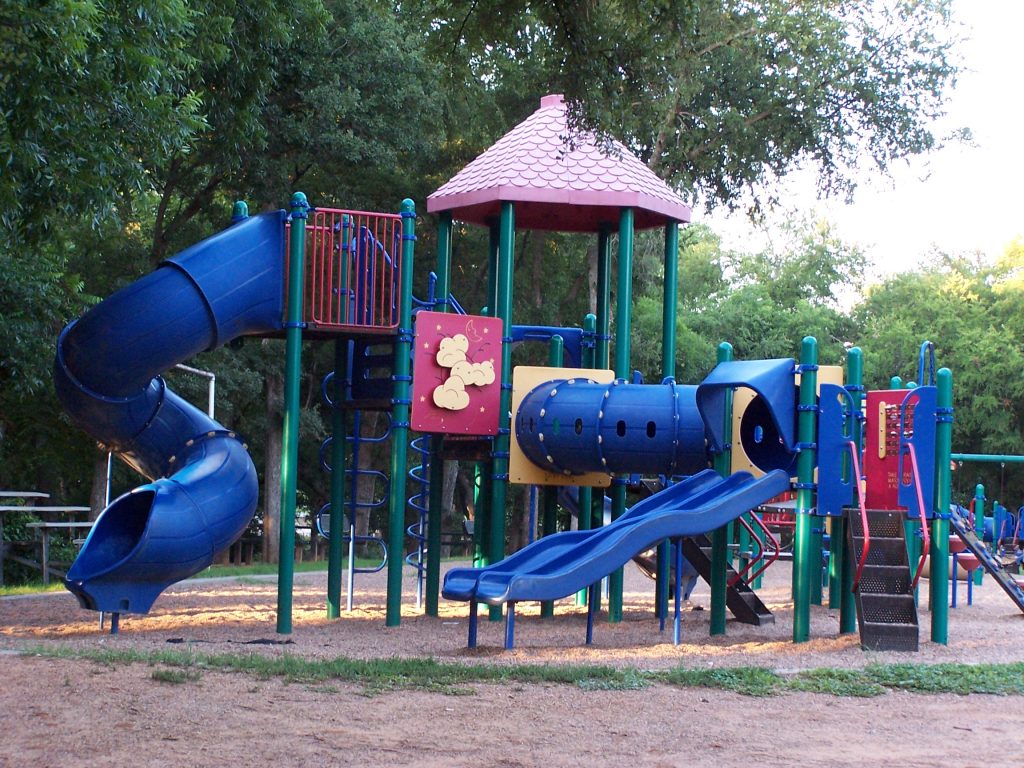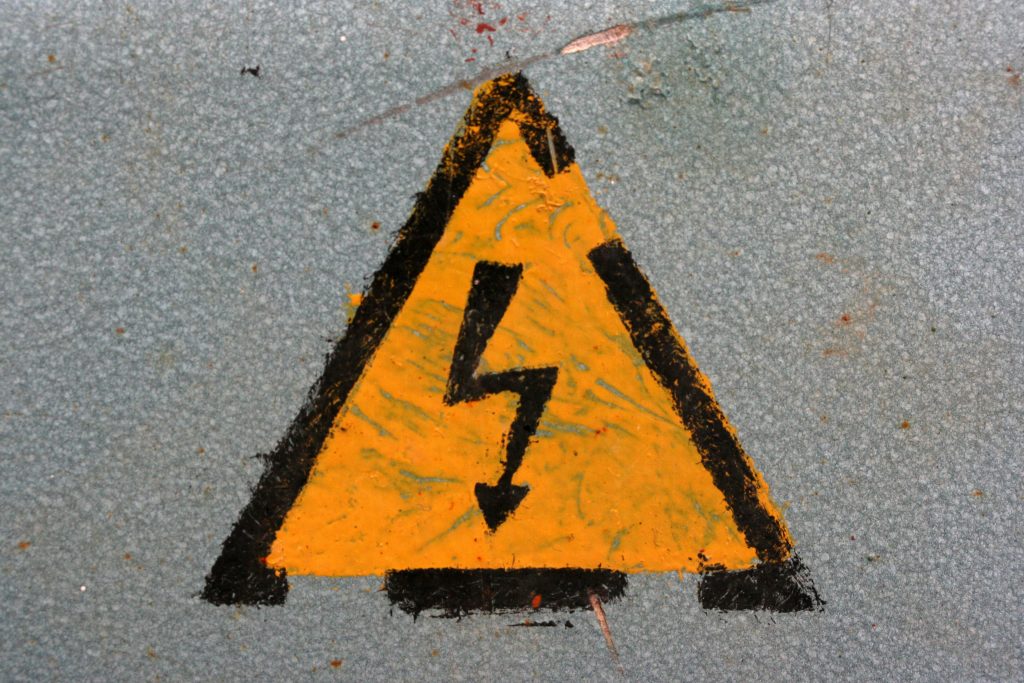 Recently, the Louisiana Fifth Circuit Court of Appeals increased a trial court’s award of damages to a plaintiff in a negligence action against Walgreens. Negligence involves showing the court that one person (or company) failed to do their duty—and as a result, someone was hurt. In this case, Peggy Williams asked her son Derrick to pick up a medication for her from the Walgreens pharmacy in Gretna. Walgreens’ pharmacist handed Derrick another person’s medication, and Ms. Williams took the pills without noticing the mistake. As a result, she suffered several strokes and long-term loss of physical capacity. The jury found that Ms. Williams and her son were 40% at fault, and that Walgreens was 60% at fault for the harms Ms. Williams suffered.
Recently, the Louisiana Fifth Circuit Court of Appeals increased a trial court’s award of damages to a plaintiff in a negligence action against Walgreens. Negligence involves showing the court that one person (or company) failed to do their duty—and as a result, someone was hurt. In this case, Peggy Williams asked her son Derrick to pick up a medication for her from the Walgreens pharmacy in Gretna. Walgreens’ pharmacist handed Derrick another person’s medication, and Ms. Williams took the pills without noticing the mistake. As a result, she suffered several strokes and long-term loss of physical capacity. The jury found that Ms. Williams and her son were 40% at fault, and that Walgreens was 60% at fault for the harms Ms. Williams suffered.
Ms. Williams appealed the judgment on two grounds.
First, she argued that the trial judge made a mistake by entering a judgment different from the jury’s responses on the verdict form. The verdict form apportioned the fault to the parties in the following manner:
 Louisiana Personal Injury Lawyer Blog
Louisiana Personal Injury Lawyer Blog


 The last thing that you want to do after dealing with litigious matters is have to hire more lawyers. However, if you believe your lawyer committed legal malpractice thats exactly what you will be forced to do. Lawsuits containing claims of legal malpractice are taken very seriously by the courts presiding over them. Very strict timelines dictate when you must file a lawsuit alleging legal malpractice and if your not careful your case could be dismissed before it gets started. A recent case out of the Louisiana Fourth Circuit Court of Appeal discusses a lower courts ruling in a legal malpractice lawsuit in favor of Defendants, Romauldo Gonzalez, Sr., and the Law Offices of Romauldo Gonzalez, L.L.C. d/b/a Braden Gonzalez and Associates (collectively, “Mr. Gonzalez”) based on prescription arguments.
The last thing that you want to do after dealing with litigious matters is have to hire more lawyers. However, if you believe your lawyer committed legal malpractice thats exactly what you will be forced to do. Lawsuits containing claims of legal malpractice are taken very seriously by the courts presiding over them. Very strict timelines dictate when you must file a lawsuit alleging legal malpractice and if your not careful your case could be dismissed before it gets started. A recent case out of the Louisiana Fourth Circuit Court of Appeal discusses a lower courts ruling in a legal malpractice lawsuit in favor of Defendants, Romauldo Gonzalez, Sr., and the Law Offices of Romauldo Gonzalez, L.L.C. d/b/a Braden Gonzalez and Associates (collectively, “Mr. Gonzalez”) based on prescription arguments. In order to file an insurance claim you first must have insurance coverage. It’s important that you stay aware of the renewal dates for the continuation of coverage so that you do not end up losing out on critical insurance payments in times of crisis. In certain situations it’s your insurance company or agent’s duty to notify you that your coverage has lapsed. A recent case involving a homeowners insurance policy for a property located on Lafourche Street in New Orleans discusses the burden of proof necessary to justify a homeowner’s claims of improper notification of nonrenewal by his insurance agent.
In order to file an insurance claim you first must have insurance coverage. It’s important that you stay aware of the renewal dates for the continuation of coverage so that you do not end up losing out on critical insurance payments in times of crisis. In certain situations it’s your insurance company or agent’s duty to notify you that your coverage has lapsed. A recent case involving a homeowners insurance policy for a property located on Lafourche Street in New Orleans discusses the burden of proof necessary to justify a homeowner’s claims of improper notification of nonrenewal by his insurance agent. Car accidents can be an alarming ordeal. Especially, where there has been a fatality involved. Generally, when a vehicle has been physically involved in an accident, the driver can expect to have some liability. However, liability can also be involved where a driver requires a passenger to exit a vehicle, and the passenger is subsequently struck and killed by an unknown driver, hours later.
Car accidents can be an alarming ordeal. Especially, where there has been a fatality involved. Generally, when a vehicle has been physically involved in an accident, the driver can expect to have some liability. However, liability can also be involved where a driver requires a passenger to exit a vehicle, and the passenger is subsequently struck and killed by an unknown driver, hours later. In 1997, Brandon Hirstius purchased a tract of land in St Tammany Parish. Nearly 14 years later, in 2011, Mr. Hirstius complained of an unauthorized utility pole on his property belonging to BellSouth Telecommunications, Inc. and filed a trespass lawsuit against the telecommunications company. In the midst of the June 2012 trial, Mr. Hirstius discovered the Renaissance Media, LLC, owned aerial wires attached to the utility pole in question.
In 1997, Brandon Hirstius purchased a tract of land in St Tammany Parish. Nearly 14 years later, in 2011, Mr. Hirstius complained of an unauthorized utility pole on his property belonging to BellSouth Telecommunications, Inc. and filed a trespass lawsuit against the telecommunications company. In the midst of the June 2012 trial, Mr. Hirstius discovered the Renaissance Media, LLC, owned aerial wires attached to the utility pole in question. Playgrounds bring great joy to young children. Countless hours are spent sliding down slides, swinging on swings and traversing monkey bars throughout the state of Louisiana. While it might come as news to some, playground equipment has certain set standards for what age range is appropriate to play on the equipment. In a recent case involving a Baptist Church Aftercare program in Jefferson Parish these standards were discussed when unfortunately a young girl broke her arm while playing on their playground.
Playgrounds bring great joy to young children. Countless hours are spent sliding down slides, swinging on swings and traversing monkey bars throughout the state of Louisiana. While it might come as news to some, playground equipment has certain set standards for what age range is appropriate to play on the equipment. In a recent case involving a Baptist Church Aftercare program in Jefferson Parish these standards were discussed when unfortunately a young girl broke her arm while playing on their playground. Medical malpractice lawsuits are known to be some of the most complicated, technical cases for injured parties. The average person does not have enough technical knowledge to infer negligence from a medical act or result. Because of this, many plaintiffs have to rely on expert testimony to explain nuanced details of the case and, ultimately, prove their case.
Medical malpractice lawsuits are known to be some of the most complicated, technical cases for injured parties. The average person does not have enough technical knowledge to infer negligence from a medical act or result. Because of this, many plaintiffs have to rely on expert testimony to explain nuanced details of the case and, ultimately, prove their case.  On the afternoon of April 13, 2011, Officer J.M. Bassett of the Shreveport Police Department heard loud music coming from a motorcycle parked at 251 E. 72nd in Shreveport Louisiana. When Officer Bassett attempted to make contact with the man, Jessie Scott, Scott became hostile. As the situation escalated, Officer Bassett employed his Taser stun gun and handcuffed Mr. Scott, placing him into custody and transporting Mr. Scott to the police station. At the station, Mr. Scott complained of chest pain and Mr. Scott was taken to the Louisiana State University Health Sciences Center, where it was determined that Mr. Scott was having a heart attack.
On the afternoon of April 13, 2011, Officer J.M. Bassett of the Shreveport Police Department heard loud music coming from a motorcycle parked at 251 E. 72nd in Shreveport Louisiana. When Officer Bassett attempted to make contact with the man, Jessie Scott, Scott became hostile. As the situation escalated, Officer Bassett employed his Taser stun gun and handcuffed Mr. Scott, placing him into custody and transporting Mr. Scott to the police station. At the station, Mr. Scott complained of chest pain and Mr. Scott was taken to the Louisiana State University Health Sciences Center, where it was determined that Mr. Scott was having a heart attack.